AO Edited
The Cutlass Stone
A story of cutlasses carelessly carving a celibate centenarian's cemetery stone.
In the churchyard of St. Clements in Leigh-on-Sea, Essex, you can find the tomb of Mary Ellis.
According to her tomb, Ellis passed away at the impressive age of 119. This is all the more incredible considering Mary Ellis died in 1609, after living through the entire 16th century and the reigns of every Tudor monarch. In addition to her longevity, her tomb’s inscription includes the odd detail that she remained a virgin throughout her life.
Quite surprisingly, however, it is neither of these features that have made Mary Ellis’s tomb such a local wonder. Rather, it is the tomb’s worn stone top.
The fascinating tomb is known locally as “the cutlass stone,” or “cutlass tomb,” due to the deep scores across its top. Marks that, according to many, indicate it was used by press gangs to sharpen their swords.
Press gangs were rough groups who traveled the country between the 17th and 19th centuries, forcefully conscripting, or pressing, people into the Royal Navy. Many of these gangs would loiter outside pubs and churches, waiting for young men, suitably fit for service, to leave before capturing them and taking them off to sea.
It is believed that such gangs would gather outside St. Clements during its Sunday services, and while waiting would hone their swords on the large stone tomb directly outside.
According to local legend, however, it was this absentminded and disrespectful sharpening that may have just saved the young male parishioners from a life at sea. The sound of the press gangs’ swords scraping on the stone could apparently be heard within the church. Alerted to the unwelcome presence outside, men would escape unnoticed through a tunnel under the church tower, meaning that only the elderly and unfit would be seen to leave the church.
Less imaginatively, but equally possible, it has been recently proposed that the cuts were made by the blades of local field workers’ scythes instead of those of bullies.

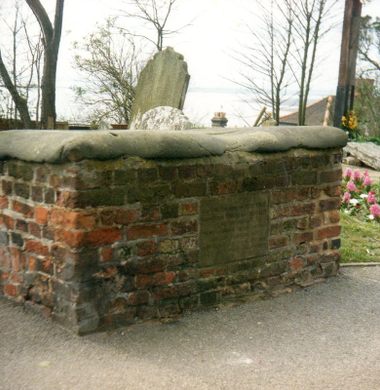

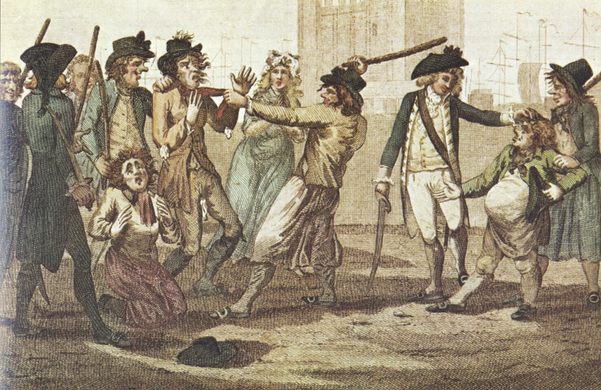
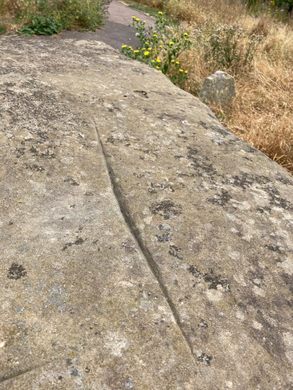
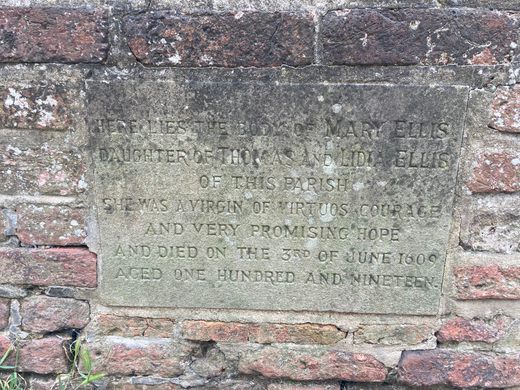
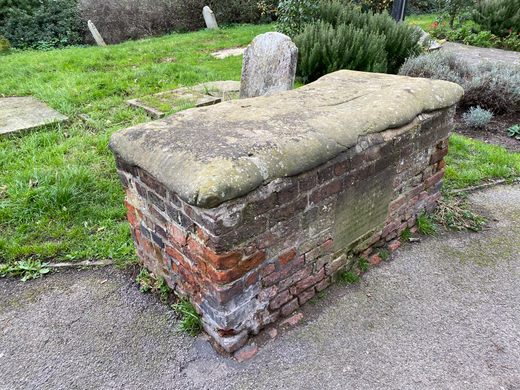




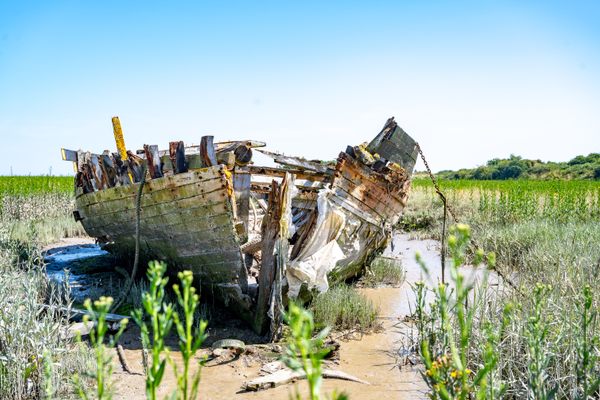

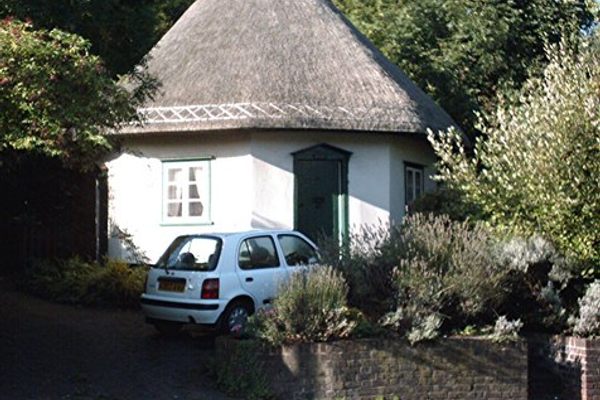
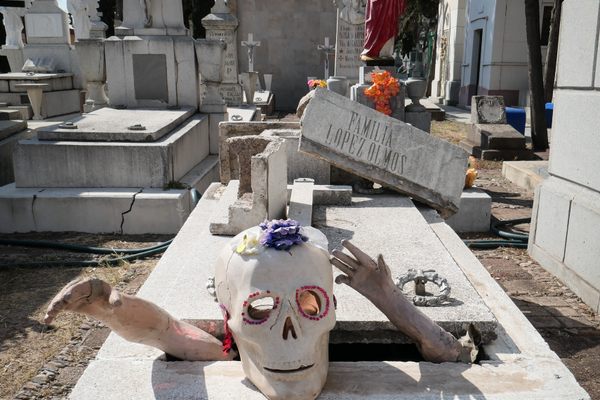



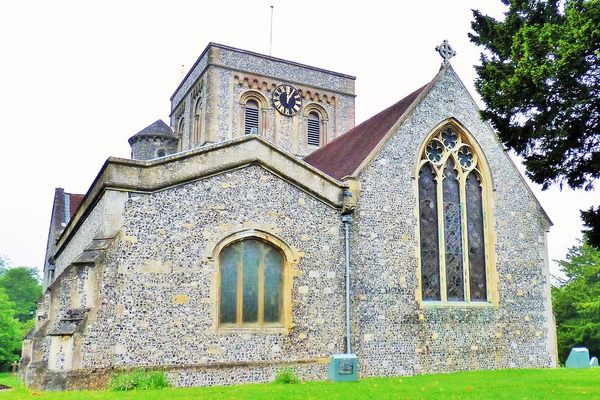

Follow us on Twitter to get the latest on the world's hidden wonders.
Like us on Facebook to get the latest on the world's hidden wonders.
Follow us on Twitter Like us on Facebook